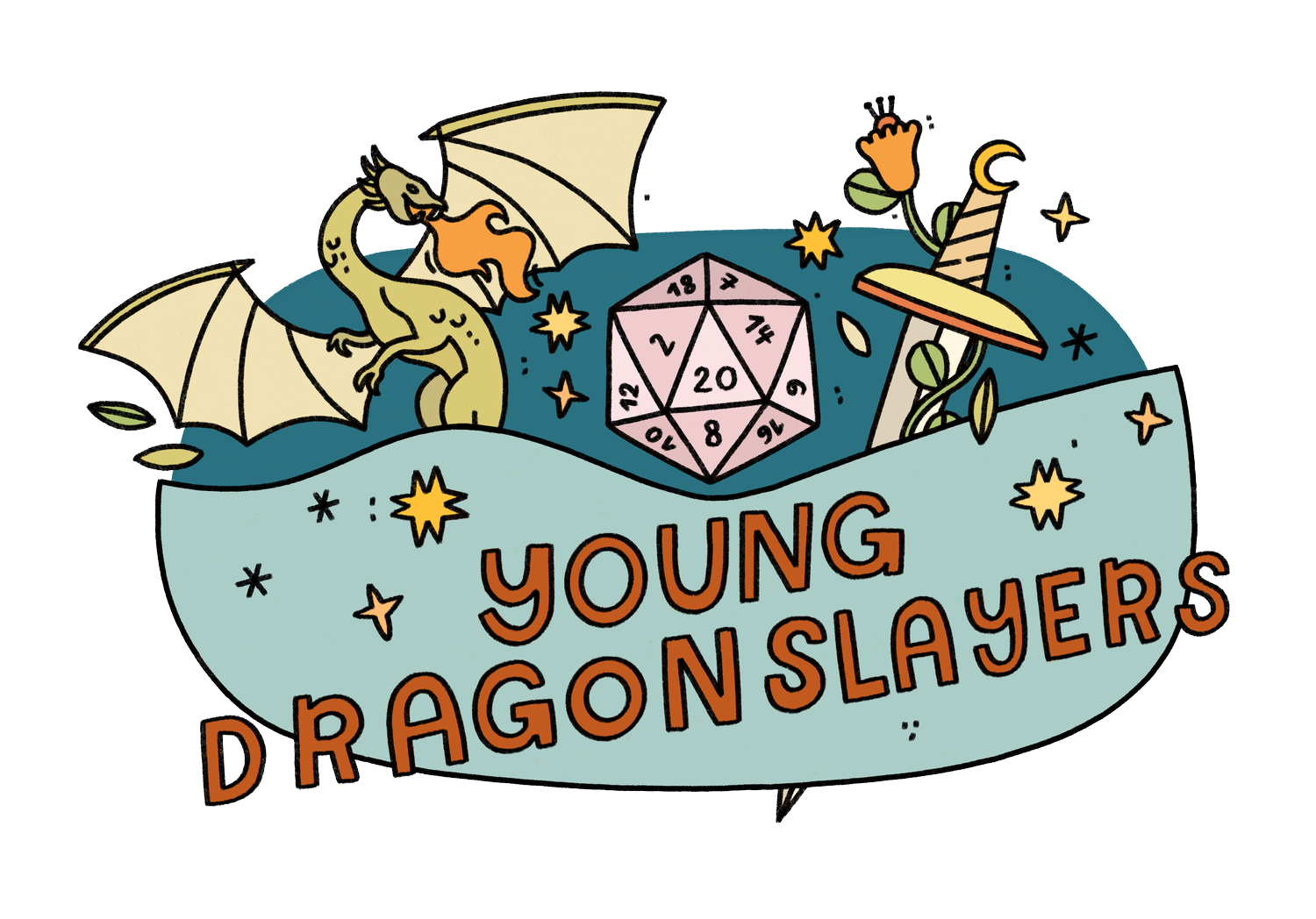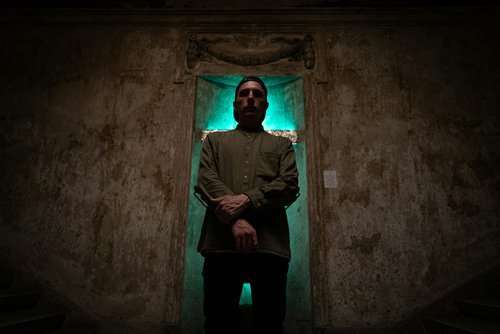Where to Find Online D&D Groups in 2025
Many hopeful Dungeons & Dragons players struggle to find groups to play with in person – or, an all-too-common situation, they found a group, only to have it fall apart. This leaves many D&D players searching for D&D group finders, places to play D&D online, or even an app for finding D&D groups. While I do love playing Dungeons & Dragons around a physical table with my local friends, the vast majority of my games are online: whether through Discord servers, Zoom rooms, or Roll20 games. Not only are there lots of great tools to play online; sometimes, it truly is the best option to be able to find people to play D&D with. Here are some of the ways I’ve found people to play D&D online with and a few more I recommend from my experience running online D&D groups.
How To Play DND With Legos
With the release of the Lego Dungeons & Dragons set (not to mention the huge crossover between Lego fans and D&D fans), a lot of people are wondering how they can use their Legos to play D&D. How are Legos good for D&D games? What can Legos be used for in D&D? What are the best Lego minifigures for D&D? How do you come up with ideas for a Lego D&D adventure? We’re Young Dragonslayers (an online D&D club for tweens and teens), and we’ve teamed up with Infinibrix (a D&D-style game that uses Lego pieces to create epic, zany adventures for any age) to tell you how you can best use Legos in your D&D games and beyond!
5 Norse Gods in Dungeons and Dragons
The pantheon of Dungeons & Dragons is vast, containing mythological deities from our world, like Asmodeus, alongside original gods, like Selûne. When playing a D&D character with divine powers, like a cleric or paladin, you get to choose one of these deities to get power from - plus you may encounter them along your adventures! If you’re a fan of Norse mythology, you may wonder what Norse gods are in D&D and how you could incorporate them in a Norse mythology campaign or into your own D&D character. If that’s you, read on!
Lord of the Rings Monsters In DnD’s New Monster Manual 2025
The new Dungeons & Dragons Monster Manual brings a fresh look at popular monsters in D&D 5e. You may be familiar with some monsters, but did you know that many of them were actually directly inspired by Lord of the Rings! Here are a few classic monsters from the Lord of the Rings trilogy, their Dungeons & Dragons counterparts, and how the new D&D monsters 2024 shape up.
10 Unique D&D Campaign Ideas for A Seafaring Adventure
When most people think of a Dungeons & Dragons campaign, they usually picture the action happening on land: in castles, caves, cities, forts, mountains, roads, and, of course, dungeons. But some adventures are not content to stay landlocked - they call for the pull of the saltwater, to sail on a ship, fight aquatic monsters, and explore the depths of the ocean. If you’re an old or new Dungeon Master looking for unique D&D campaign ideas, why not look to the water? We’re professional DMs over here (I know, it is the coolest job), so we have a few ideas for themes, plot hooks, and settings to inspire exciting and memorable D&D sessions that your players will love.
Why The Structure of D&D Makes It Perfect for Neurodivergent Kids
As parents, it can be difficult to find good activities for neurodivergent children. So many activities for kids and teens aren’t made with neurodivergent brains in mind: unstructured anxiety-inducing social settings, sudden unexpected changes, and often either too much or too little stimulation for our young one’s minds. The best activities for our children not only appeal to them and their interests, but will also build skills, connections, and confidence that we want them to carry through the rest of their lives. While my little one is still too young to play, I’ve seen firsthand the impact that Dungeons & Dragons can have on neurodivergent teens, tweens, and older children. Let me tell you why I think it’s the perfect game for kids with autism, ADHD, and anything else that sets a brain apart from the “norm.”
Steps to Becoming a Professional Dungeon Master
With the newfound popularity of Dungeons & Dragons and the growing suite of tools to play games online, there’s a higher demand for professional Dungeon Masters; people who are skilled in running D&D and would like to get paid to be a DM. But there’s a huge gap between having an inkling that you want to become a professional Dungeon Master and actually making money as a DM with recurring clients. Over the past five years, I’ve gone from never running a game of D&D to being a professional DM running multiple sessions each week. While everyone’s journey is unique, here’s what I’ve learned on my journey and what I recommend as the steps to become a professional Dungeon Master.
10 Birthday Gifts for DND Players They’ll Absolutely Love
If you know and want to get birthday gifts for a D&D fan, fear not! We have 10 unique D&D gifts that are sure to enchant any Dungeons & Dragons enthusiast.
3 Common New Year’s Resolutions with a DND Twist!
Here at Young Dragonslayers, I’ve seen how Dungeons & Dragons can increase creative thinking, confidence, empathy, and so much more. What if the power of D&D could also help me keep my New Year’s resolutions? The safe play space of the game might make difficult things easier (and help me be more invested in following through). I’d certainly like to find out.
How to Play D&D Online in 2025: A Guide for New Players
Say “Dungeons & Dragons” and most people picture a scene right out of Stranger Things: a group of players huddled around a basement table, rolling dice and moving tiny plastic figures around. But, unlike Stranger Things, we have the whole internet at our fingertips (and are also free from supernatural horrors, but that's beside the point). These days people play Dungeons & Dragons over the internet. But that begs the question: how do you take a game designed to be played on a table and move it entirely online? Well, online D&D is kind of our whole thing, so let us talk you through what you need to know.
Wanna Play DND in Gravity Falls? Try Our Homebrew Characters.
I’ve recently been re-watching Alex Hirsch’s masterpiece, Gravity Falls—a Pacific Northwest adventure full of magic, cryptids, and mouthwatering mysteries. This is one of my favorite TV shows ever made, and what makes it even more fun is Alex’s hilarious references to D&D. (Seriously—there’s a whole episode on it. Go watch “Dungeons, Dungeons, and More Dungeons” featuring the hip-hop version of their in-world spoof, Diggity Dungeons & All That.)
There’s so much potential for both giggles and gasps in the madcap world of Gravity Falls (I’ve been working on a one-shot that I really need to stop procrastinating), but one standout aspect of the show is the hilarious, heart-wrenching, and unforgettable characters. If you want to bring some Gravity Falls goodness into your own game, here are a few suggestions for how to adapt your favorite characters into powerful, playable OCs.
8 Times The Wicked Soundtrack Matched My D&D Campaign Perfectly
Some Dungeons & Dragons stories become legendary: a perfectly timed natural 20, a ridiculous use of a spell or item, or a plan of attack the Dungeon Master never expected. I've been a Dungeon Master for a while, so I’ve been witness to many such moments. Now, whenever I see a meme template, hear a song, or watch a movie, somewhere in the back of my head is a D&D story that fits right along. So of course, with the upcoming release of the Wicked movie (and the soundtrack I've had memorized since 2009), my brain has been pairing up my favorite songs with my favorite D&D stories, which I have decided to share with you. Enjoy these moments from my many D&D campaigns along with a matching song from the musical Wicked.
Can You Play D&D By Yourself?
One of the great strengths of Dungeons & Dragons is getting to play with others: going on adventures as a team, interacting in-character, and getting to spend time with geek-minded friends. But this strength can also be a weakness. Many a well-intentioned campaign has fizzled out due to scheduling mishaps, interpersonal conflicts, or difficulty finding a Dungeons Master - and that's if you can get a party together in the first place! This struggle has many D&D enthusiasts asking if it’s possible to play the game alone. With a little bit of creativity, the answer is yes! Here are a few different options if you want to play D&D by yourself.
How Do Homeschooled Students Socialize?
Did you know homeschooling is the fastest-growing form of education in the U.S.? I didn’t until I saw recent research showing that, even post-pandemic, the number of homeschooled kids continues to climb—up to 2.7 million, according to the Washington Post!
Families from all walks of life are choosing to homeschool for various reasons, so there’s no single “type” of homeschooler. Still, anyone considering it has probably faced the same question: How do homeschooled students socialize?
As a therapist, I can confirm that socialization is crucial to every child’s emotional and cognitive growth, especially for preteens and teens whose development relies on peer relationships. So, whether you’re asking this yourself or fielding questions from curious (or nosy) neighbors, it’s a topic worth exploring.
Socialization can be challenging for all kids, regardless of school setting. Homeschooling families just face different hurdles than their public school counterparts.
In this post, I’ll dive into the importance of socialization, why not all social events are equal, and how parents can intentionally set their kids up for social success. We’ll also look at how online platforms (like our D&D games) can add valuable support to a homeschooler’s social world.
What To Play In D&D Based On Your Favorite Spooky Icon
There is no official Dungeons & Dragons holiday (not yet, anyway), but Halloween is the next best thing. It's the perfect celebration for D&D fans: you can dress up as your favorite characters, revel in the spooky vibes, and enjoy all sorts of classic D&D monsters (zombies, ghosts, witches, and more)! Halloween also comes with some of the most iconic spooky characters from pop culture. We’ve taken inspiration from these characters to give you ideas to make your own in the game of D&D!
Explaining D&D Concepts with Examples from The Hobbit
We are big fans of The Hobbit and The Lord of the Rings here at Young Dragonslayers, and we aren't alone. Many of the very first people working on Dungeons & Dragons loved Lord of the Rings, taking inspiration from the books as they crafted the rules and world of the game. So, that got us wondering - what would Tolkein's stories have looked like in D&D? Could we use these classic tales to teach people how the game worked? Let's find out together!
How To Make A D&D Character in 5E and 5.5E (2024)
You get to do a lot in Dungeons & Dragons: go on fantastical adventures, fight cool monsters, and embark onmysterious quests. But perhaps the best part is that you get to go on those quests using a character that you made yourself! Using the basic rules of D&D and a little guidance, you can create your own original character that's playable in any D&D game. We've helped tons of players create their own characters, so let us give you a hand!
How to Make a Good D&D Dungeon
It’s one of the most searched D&D terms on the internet: “how to make a good dungeon.” And no wonder. The dungeon crawl is a quintessential aspect of the game, else we’d be playing High-Rises and Humans or Shambling Mounds and Shopping Malls.
But what actually makes a dungeon fun? And how can you keep your players engaged, equipped, and emotionally captivated throughout a two-hour, four-hour, or even multi-session crawl?
I’m by no means a master builder, but I’ve crafted more than a few daring delves for my players. Whenever I feel like it’s time to venture beyond the open world and into the clutches of a deep, dark lair, here are a few factors I consider.
5 Ways to Make Star Wars Outlaws and Rebels in D&D
This year has been filled with cool Star Wars media, like the live-action series The Acolyte, the animated series Tales of the Empire, and the video game Star Wars: Outlaws. Force users like the ones in The Acolyte are awesome! But don’t forget the outlaws, rebels, droids, and other non-Force-users living on the scrappy edges of the Star Wars universe. Who's Luke Skywalker without Han Solo or Chewbacca? Who’s Rey without BB-8? For that matter, what's Star Wars itself without characters like Boba Fett or Padme Amidala? If you ever looked at the cast of smugglers, droids, mandos, and more and wondered “what if I could play that in D&D?” we’re here to tell you the answer is yes (and share some ideas to bring these kinds of characters into your own games).
How to Start a D&D Club At Your School
This back-to-school season has a lot of students thinking about how to make the most of this school year. Starting a Dungeons & Dragons club at your school could be a great way to play a game you love - and make some friends along the way! We run our own D&D clubs online, so we know a thing or two about getting them together - here's are some steps to take to do the same thing in real life.




















